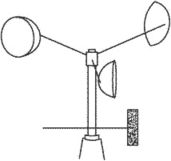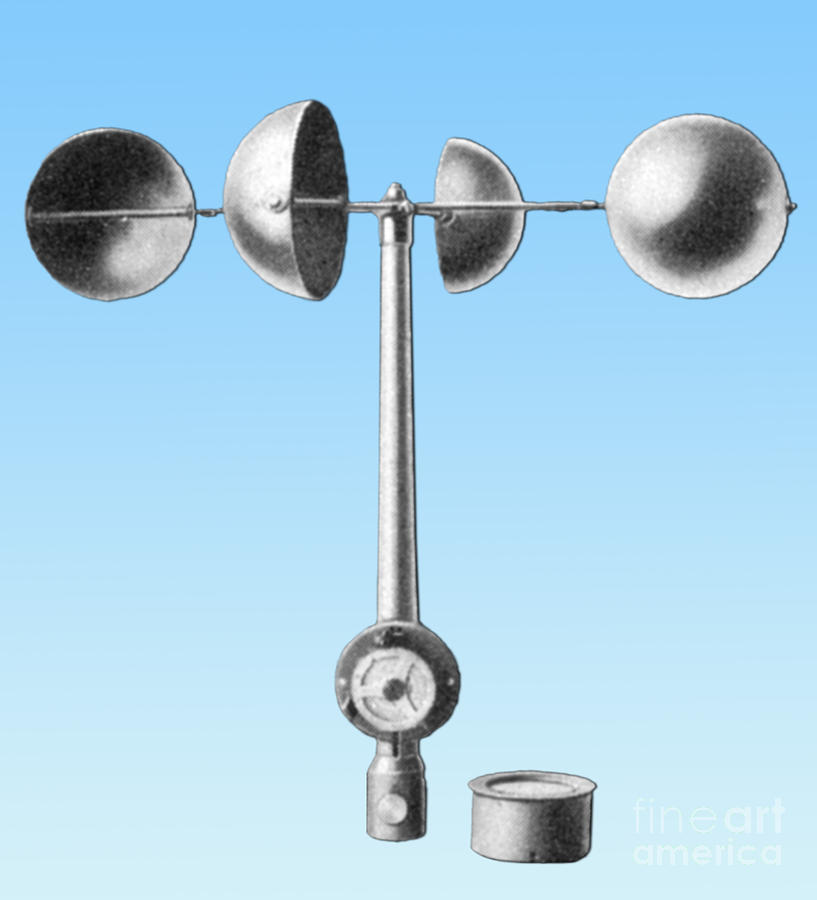

There are several requirements for anemometers’ calibration that must be taken into account: By measuring the difference between these pressures, the dynamic pressure can be obtained according to Bernoulli’s formula, which can be used to calculate airspeed. The side hole measures the static pressure. The front hole is placed directly into the fluid flow and it measures the stagnation pressure. The pilot tube is a slim tube which has two holes on it. Pitot tubes: They are pressure measuring instruments used to measure fluid flow velocity.The instrument under test is placed in the middle of the tunnel and it is fastened so it does not move. The fan must have straightening vanes to smooth the airflow. They have a fan which moves the air inside. A wind tunnel: Wind tunnels are large tubes with air moving inside.The equipment used for the calibration is: Although the calibration procedure refers to cup anemometers, it is widely accepted for the calibration of any type of anemometer. All their products are known for their reliability, accuracy, and durability in the field.Anemometers are calibrated in accordance to Annex F of IEC 6 “Wind turbines – Part 12-1: Power performance measurements of electricity producing wind turbines”.
DEFINE ANEMOMETER PROFESSIONAL
The anemometer on a Davis Vantage Pro2 or Vantage Vue Sensor Suites, which include a wind vane, has been wind-tunnel tested to up to 200 mph.įor perspective, the highest wind gust ever recorded by a personal weather station (199 mph) was via a Davis anemometer, during Hurricane Irma when it hit the Leeward Islands in September 2017.ĭavis’s Vantage Pro2 Anemometer can be used as a remote wind station with a sensor transmitter as a replacement for the anemometer on a wireless Vantage Pro2 sensor suite, or as a stand-alone wind station with WeatherLink Live or EnviroMonitor.ĭavis Instruments has been in the business of making instruments for personal and professional use for over 50 years. They are also a necessary part of weather stations, such as Davis’ Vantage Vue or Vantage Pro2. Anemometers are a regular feature on ships because wind speed determines wave height. Those who fly drones, RC planes, or helicopters need to gauge wind speed to prevent accidents. Who Uses Anemometers?Īn anemometer is an excellent tool for anyone interested in weather. It is rugged, but it is also accurate enough to measure the lightest breeze or change in wind speed. The Davis mechanical anemometer has sealed, stainless steel ball bearings that give it a long life under continuous use. There are also Laser Doppler anemometers, plate and tube anemometers, wire anemometers, vane anemometers, and other designs. It has no moving parts and relies on sonic pulse technology to measure both wind speed and direction. A Sonic Anemometer, for example, uses disturbances and sound waves to calculate wind speed. There are several types of anemometers as well. This can give an extremely accurate reading of the wind speed.

Each time the magnet passes a switch, it makes a recording. How Does An Anemometer Work?Īnemometers measure wind speed by the amount of wind pressure against a surface, such as a cup or a propeller, or by using sonic pulses.Ī mechanical anemometer contains a wheel with cups or a propeller at the end of the spokes of the wheel. What is an anemometer, and what does an anemometer measure? The anemometer definition is a device used to measure wind speed.Īnemometers report wind speed in miles per hour (mph), kilometers per hour (kph), meters per second (m/s), or knots. You might have heard the term thrown out casually during a severe weather event, but what is it and how does it work? Let’s dive further into these questions below. What is an anemometer, and what does it measure? The most common use for an anemometer that you might have heard of is in weather reporting in regards to wind velocity.


 0 kommentar(er)
0 kommentar(er)
